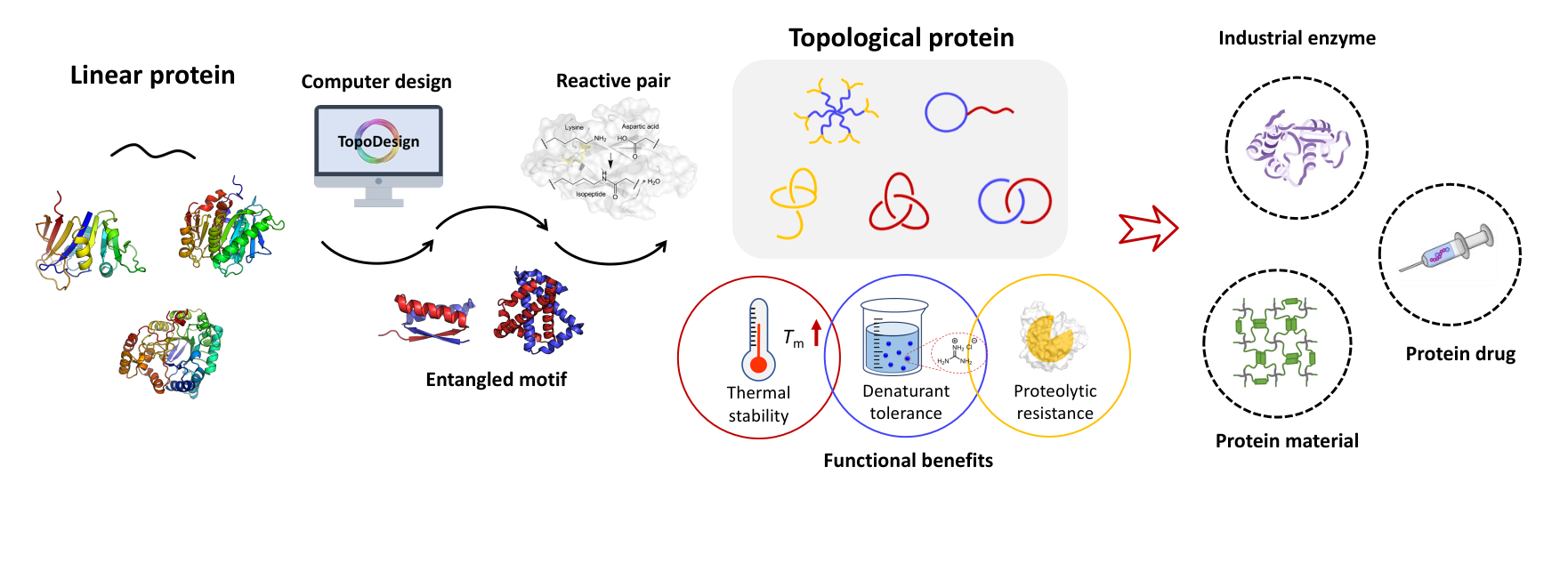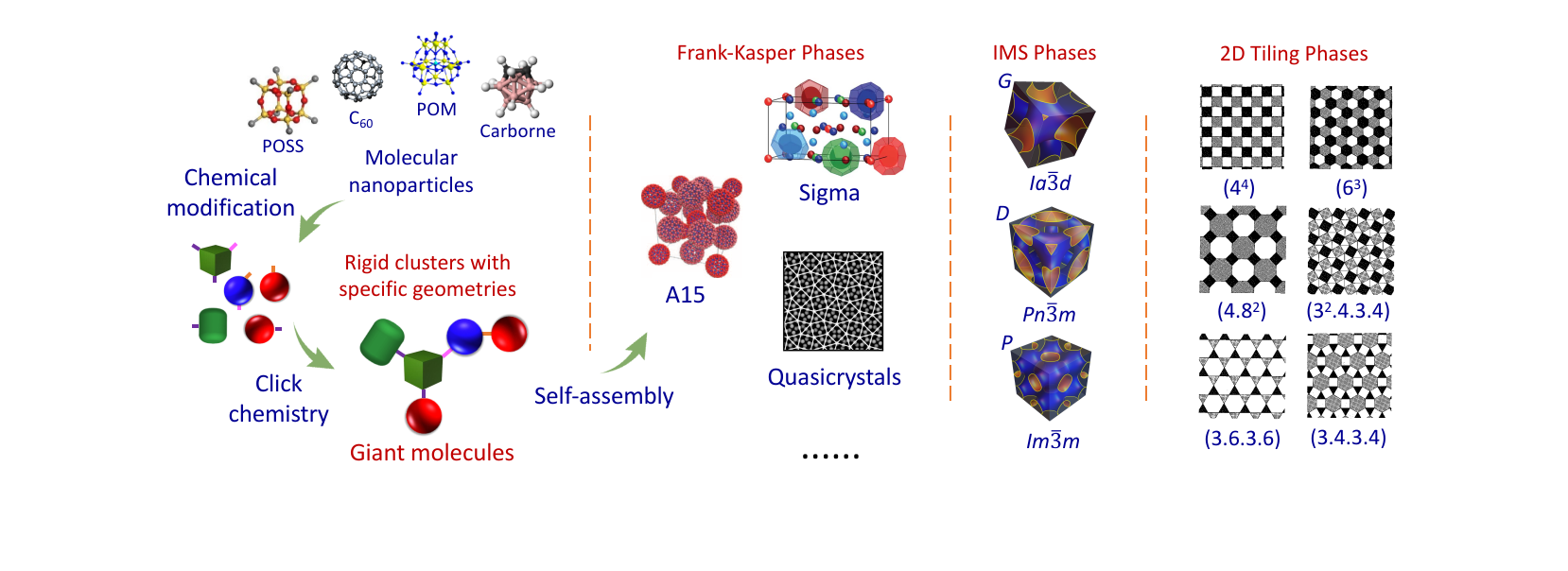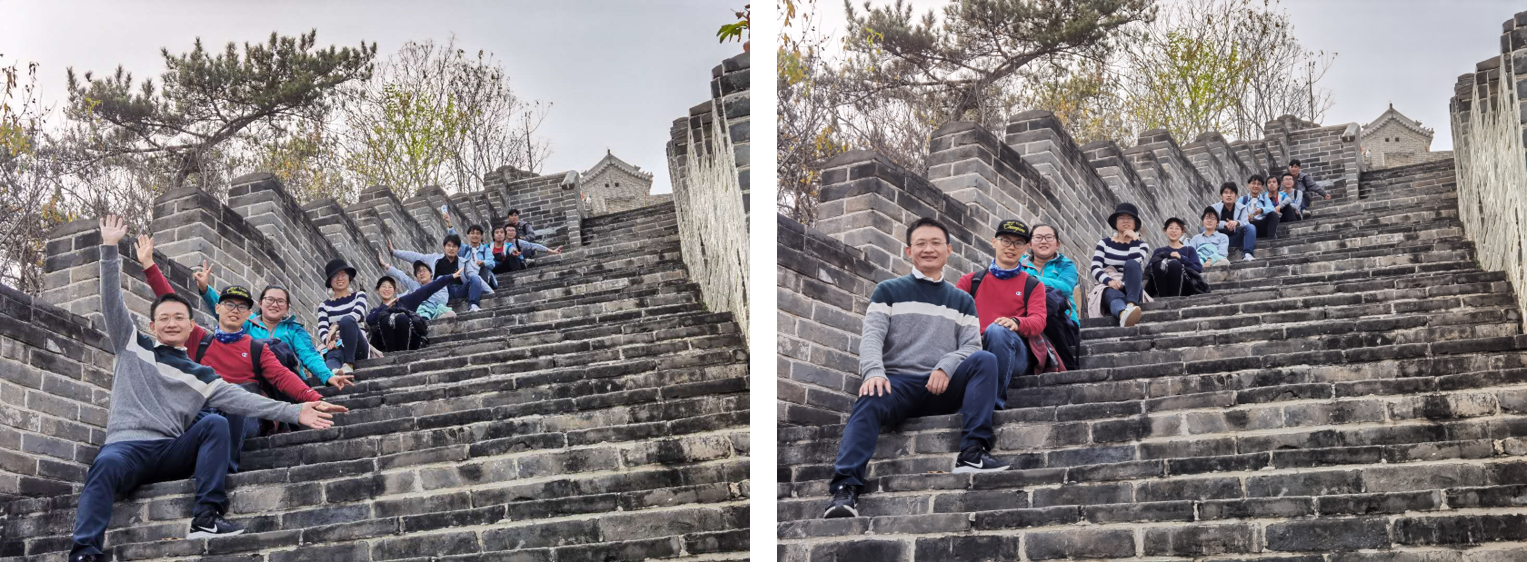箴言
----------------------------------------------
-----------------------------------------------
在科学上没有平坦的大道,只有那些不畏艰险沿着陡峭山路攀登的人,才有希望达到光辉的顶点。
----马克思
-----------------------------------------------
合作研究
------------------------------------------
请有兴趣的研究组联系我们。欢迎任何形式的合作,尤其是在自组装、水凝胶以及生物医药等方向的合作。
------------------------------------------
请有兴趣的研究组联系我们。欢迎任何形式的合作,尤其是在自组装、水凝胶以及生物医药等方向的合作。
------------------------------------------
研究成果
28. A Supramolecular Double Cable Structure with a 12944 Helix in a Columnar C60-Porphyrin Dyad and the Implication in Organic Photovoltaics. Adv. Energ. Mater. 2012, 2, 1375-1382
发布时间:2016-04-27
Wang, C.-L.; Zhang, W.-B.; Van Horn, R. M.; Kulkarni, R. R.; Hsu, C.-S.; Lotz, B.; Gong, X.; Cheng, S. Z. D.* A Supramolecular Double Cable Structure with a 12944 Helix in a Columnar C60-Porphyrin Dyad and the Implication in Organic Photovoltaics. Adv. Energ. Mater. 2012, 2, 1375-1382. [Link] [PDF]

Abstract
A novel porphyrin-C60 dyad (PCD1) is designed and synthesized to investigate and manipulate the supramolecular structure where geometrically isotropic [such as [60]fullerene (C60)] and anisotropic [such as porphyrin (Por)] units coexist. It is observed that PCD1 possesses an enantiomeric phase behavior. The melting temperature of the stable PCD1 thermotropic phase is 160 °C with a latent heat (ΔH) of 18.5 kJ mol−1. The phase formation is majorly driven by the cooperative intermolecular Por–Por and C60–C60 interactions. Structural analysis reveals that this stable phase possesses a supramolecular “double-cable” structure with one p-type Por core columnar channel and three helical n-type C60 peripheral channels. These “double-cable” columns further pack into a hexagonal lattice with a = b = 4.65 nm, c = 41.3 nm, α = β = 90°, and γ = 120°. The column repeat unit is determined to possess a 12944 helix. With both donor (D; Pro) and acceptor (A; C60) units having their own connecting channels as well as the large D/A interface within the supramolecular “double-cable” structure, PCD1 has photogenerated carriers with longer lifetimes compared to the conventional electron acceptor [6,6]-phenyl-C61-butyric acid methyl ester. A phase-separated columnar morphology is observed in a bulk-heterojunction (BHJ) material made by the physical blend of a low band-gap conjugated polymer, [poly[2,6-(4,4-bis-(2-ethylhexyl)-4H-cyclopenta [2,1-b;3,4-b′]-dithiophene)-alt-4,7-(2,1,3-benzothia-diazole)] (PCPDTBT), and PCD1. With a specific phase structure in the solid state and in the blend, PCD1 is shown to be a promising candidate as a new electron acceptor in high performance BHJ polymer solar cells.





